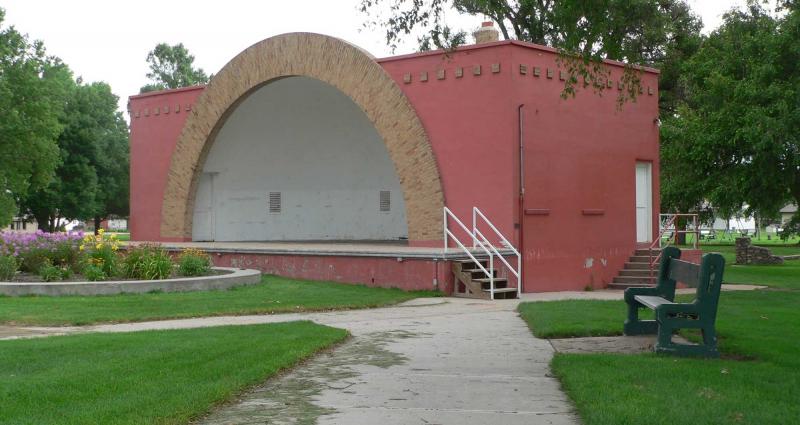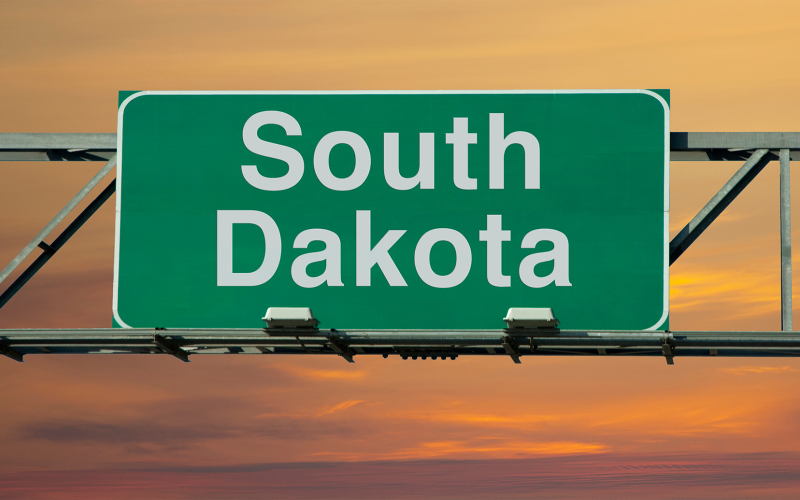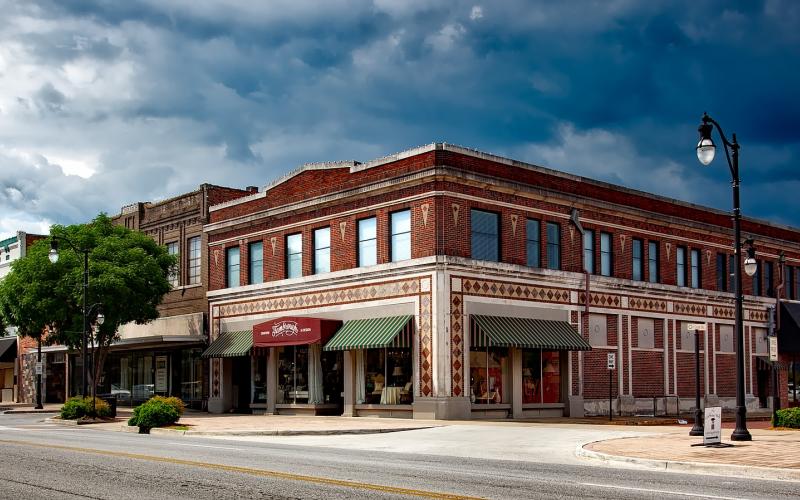Originally written by Joshua Hofer, SDSU Extension Community Vitality Field Specialist.
When you think of a place that you enjoy, how many different types of engagement make that place valuable? Consider a park. You have the swing sets, the children’s area, a pool, perhaps a gazebo or small shell, the trees/environment. Is that enough for a quality space? Would those factors be enough to not only bring you to a place, but also make you want to stay there and spend time in the space?
These are the types of questions that drive The Power of 10, a community engagement tool developed by Project for Public Spaces to “help communities assess their blocks, streets, neighborhoods, main streets, towns, and cities” (Livability Solutions, 2019). The basic concept works with the number ten to identify the attractive assets that comprise a vibrant, interesting place that makes people not only visit, but stay and spend time. A great place, they say, needs “10 things to do or 10 reasons to stick around.”

Some examples they give are:
- Play a game.
- Talk to a friend.
- Purchase and eat food.
- Lay out in the sunshine.
- Sit in the shade.
- Enjoy drinking water.
- Go ice skating/sledding.
- Look at art.
- Walk your dog.
- Take your kids to the playground.
The concept revolves around the number 10, but the number is arbitrary. It could be 12 assets, 8 assets; the point is to illustrate an achievable conflux of activity. Of course, there is a “beauty is in the eye of the beholder” element to consider as well; different people find different things appealing. That said, the simple concept remains – concentrating interesting things within a place and time frame makes the place more interesting. They translate that same concept from a place, to an area or community. Through this lens, they challenge communities to come up with 10 reasons to visit their community.
“So,” one might ask, “why can’t we make all our places interesting and livable?” “What prevents my community from having 10 interesting assets to visit?”
The simple reality is lack of resources, whether that be time, money, or people. In a modern capitalistic society, money, whether in the buying of resources or paying of people, is the versatile tool of choice. So, in more rural areas where it is not reasonably viable to keep that restaurant or amenity open seven days a week, what can we do?
This is where pop-up shops, mixed-use buildings, and other flexible assets must shine. When we unpack the “resources problem” we find that we have two separate problems to confront. First, that the business plans of desired activity must be appropriately scaled. Second, that assets for community attraction must be chronologically and geographically aligned.
On the business side, consider; if a resource or asset is too resource-intensive to maintain 24 hours, 7 days-a-week, then what does a strategic, scaled beginning of that effort look like? If a gallery is unsustainable for a single artist, could the same space be utilized by several artisans on a “lease-by-foot” basis? Could a pop-up shop or food truck be attracted to a place for one night, as opposed to a restaurant with constant upkeep and infrastructure costs?
The second crucial part of the equation, and the role for community leaders, is to align the resources and assets available. If the local grocery holds a chicken special on Friday, there is a farmers market on Wednesday, and a vendor sells donuts on Monday at a different location, the community is going to struggle creating a conflux of attractive activity for visitors. The efforts do not create a density of activity that will attract outside visitors to not only visit but stay in an area.
Through the consideration of both appropriate scale and the logical alignment of assets, rural places can create vibrant, interesting places that attract visitors and patrons alike.
Citations
Power of 10, Livability Solutions. (2019, May 28). Retrieved July 09, 2020.


